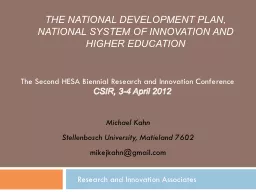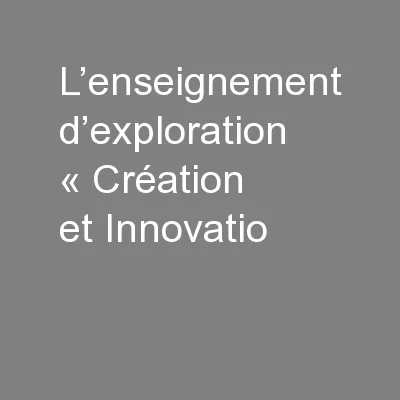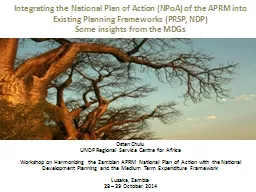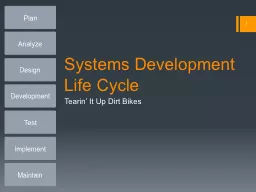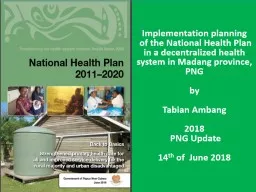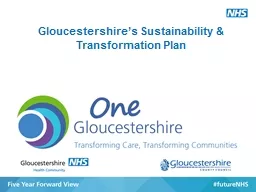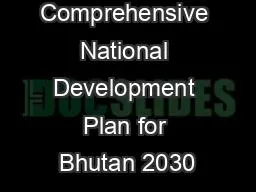PPT-The national development plan, national system of innovatio
Author : lois-ondreau | Published Date : 2018-01-12
The Second HESA Biennial Research and Innovation Conference CSIR 34 April 2012 Michael Kahn Stellenbosch University Matieland 7602 mikejkahngmailcom Research and
Presentation Embed Code
Download Presentation
Download Presentation The PPT/PDF document "The national development plan, national ..." is the property of its rightful owner. Permission is granted to download and print the materials on this website for personal, non-commercial use only, and to display it on your personal computer provided you do not modify the materials and that you retain all copyright notices contained in the materials. By downloading content from our website, you accept the terms of this agreement.
The national development plan, national system of innovatio: Transcript
Download Rules Of Document
"The national development plan, national system of innovatio"The content belongs to its owner. You may download and print it for personal use, without modification, and keep all copyright notices. By downloading, you agree to these terms.
Related Documents

